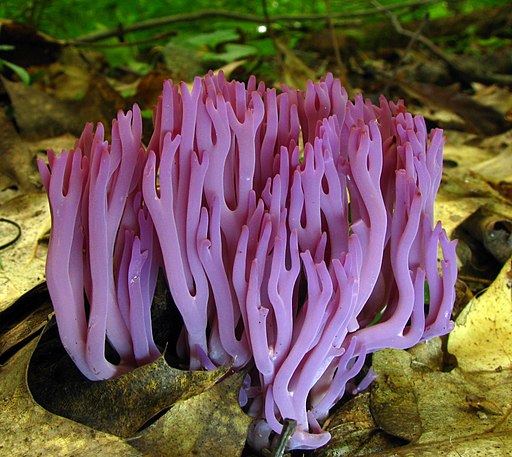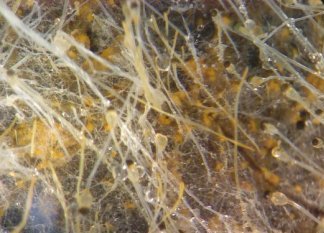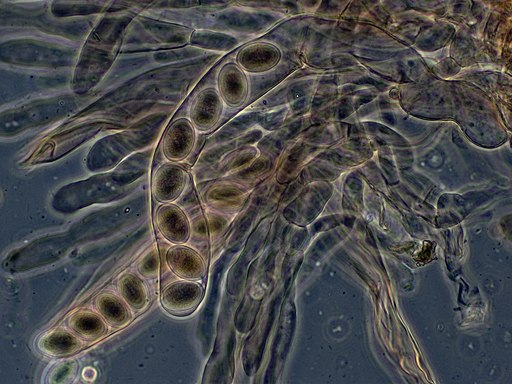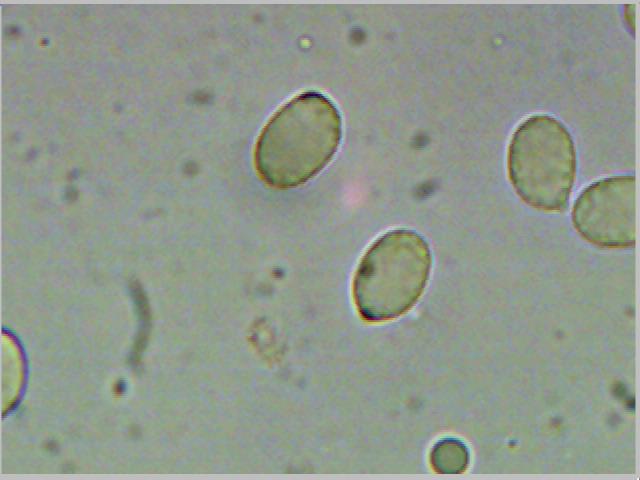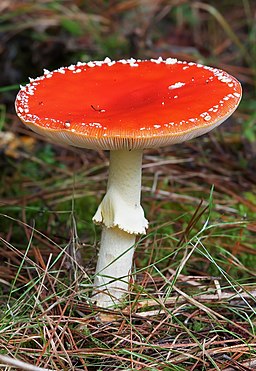
When looking for new antibiotics, researchers are sometimes forced to explore uncharted territories.I mean, if it weren't for Fleming's open petri dish exposing the greatness that was Penicillin, where would we be?
Now, a group of researchers has looked to a new and exciting location for what could be the basis for a whole host of future antibiotics and medical marvels... Sloth Hair. Well, not the hair itself, but the microbiome that grows upon it.
 |
| "You're welcome." |
Sloths are basically slow moving forests of life roaming through the trees of much larger actual forests (of the tropical variety.) They have a two layered fur system, with a soft inner layer for warmth and comfort and a course outer layer the provides protection from the elements. This outer fur doesn't just provide this protection for the sloths though; their fur is teaming with organisms, both micro and macro.
Most who are familiar with sloths know they harbor a cyanobacteria that is commonly thought to provide it with camouflage. But that cyanobacteria, coupled with the thick course fur on a non-active back also makes for a great living place for roaches as well as various larvae and worms. And all those organics in the humidity of a tropical forest... You can bet there are tons of different fungi just aching to be studied.
And a team of researchers have done just that.
The scientists isolated and cultured fungi growing on the outer fur of Three toed sloths from Panama, which they then tested for bioactivity against a large range of human pathogens.
After getting the apropriate permissions, the researchers collected hair samples from nine sloths. Each hair was then cleaned of debris, cut into pieces and placed on media to allow for fungal growth. After two weeks the hyphae from any growths were transferred to seperate cultures for isolation. There were 84 isolates that were then ran through a battery of sequencing and phylogenetic identification methods to determine their taxonomy.
After isolation and identification, the team made extracts from each sample and used tem in bioassays against the pathogens that cause malaria(
Plasmodium falciparum), and Chagas disease(
Trypanosoma cruzi), as well as the MCF-7 breast cancer cell line to test for inhibition of growth. In addition the isolates were screened for antibiotic activity against 15 bacteria that cause human disease.
The teams results showed a few isolates that highly inhibited the malaria causing pathogen, and several that were active against either Chagas disease or the breast cancer cell line. However most of these biocative fungi only showed their activity in the assays against a single pathogen and even those identified to be closely related demonstrated different bioactivities. Of the 50 fungal extracts that were used in the screens against the less focused pathogens, 20 were active against at least on target organism.
While the study didn't delve into how these fungi contribute to the biome, and perhaps even the health of the sloth they grow upon itself; they did note that when compared ot that of humans, the percentage of fungi in the total flora growing on the sloths were much greater. Hinting that perhaps the fungi do play an important, yet uncovered role in the animal's well being.
The large number of fungal isolates in this single study that showed some level of bioactivity against pathogens demonstrates how important it is for us to learn more about still vastly uncovered Kingdom of Life that are Fungi. Imagine the extrapolated possibilities. Around 20-30% of the fungi in this study showed some level of bioactivity and there is a potential for almost 5 million fungal species yet to be described by science.
Sarah Higginbotham,, Weng Ruh Wong,, Roger G. Linington,, Carmenza Spadafora,, Liliana Iturrado,, & A. Elizabeth Arnold (2014). Sloth Hair as a Novel Source of Fungi with Potent Anti-Parasitic, Anti-Cancer and Anti-Bacterial Bioactivity PLOS One DOI: 10.1371/journal.pone.0084549
Photo Cred: By Sergiodelgado (Own work) [CC-BY-SA-3.0 (http://creativecommons.org/licenses/by-sa/3.0) or GFDL (http://www.gnu.org/copyleft/fdl.html)], via Wikimedia Commons
